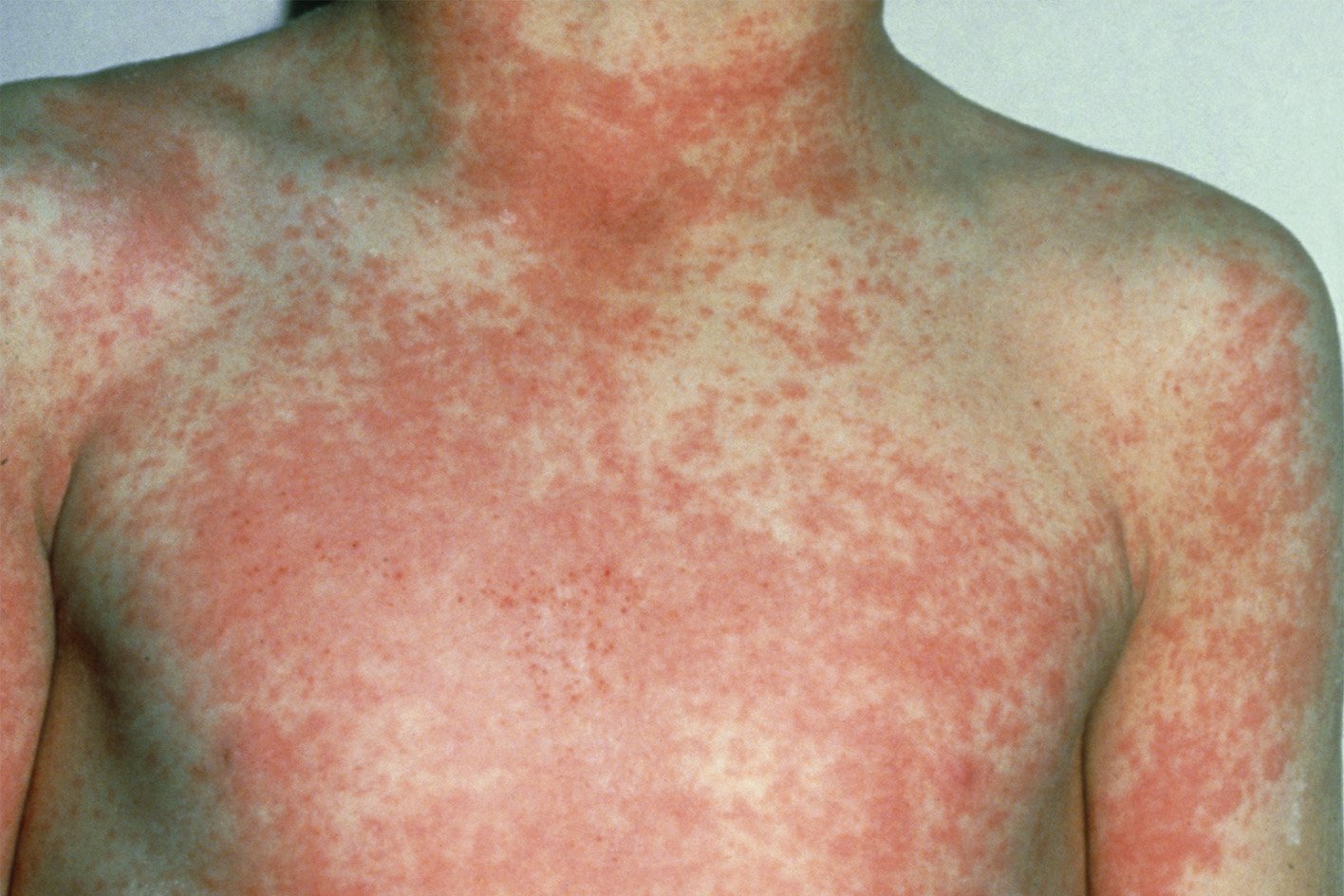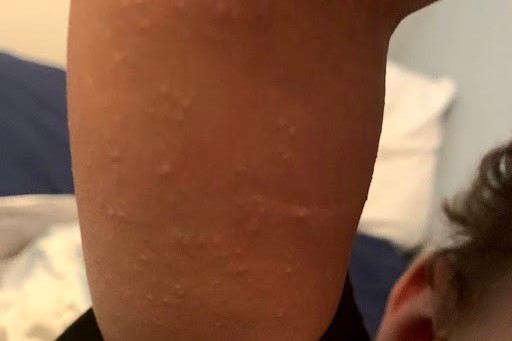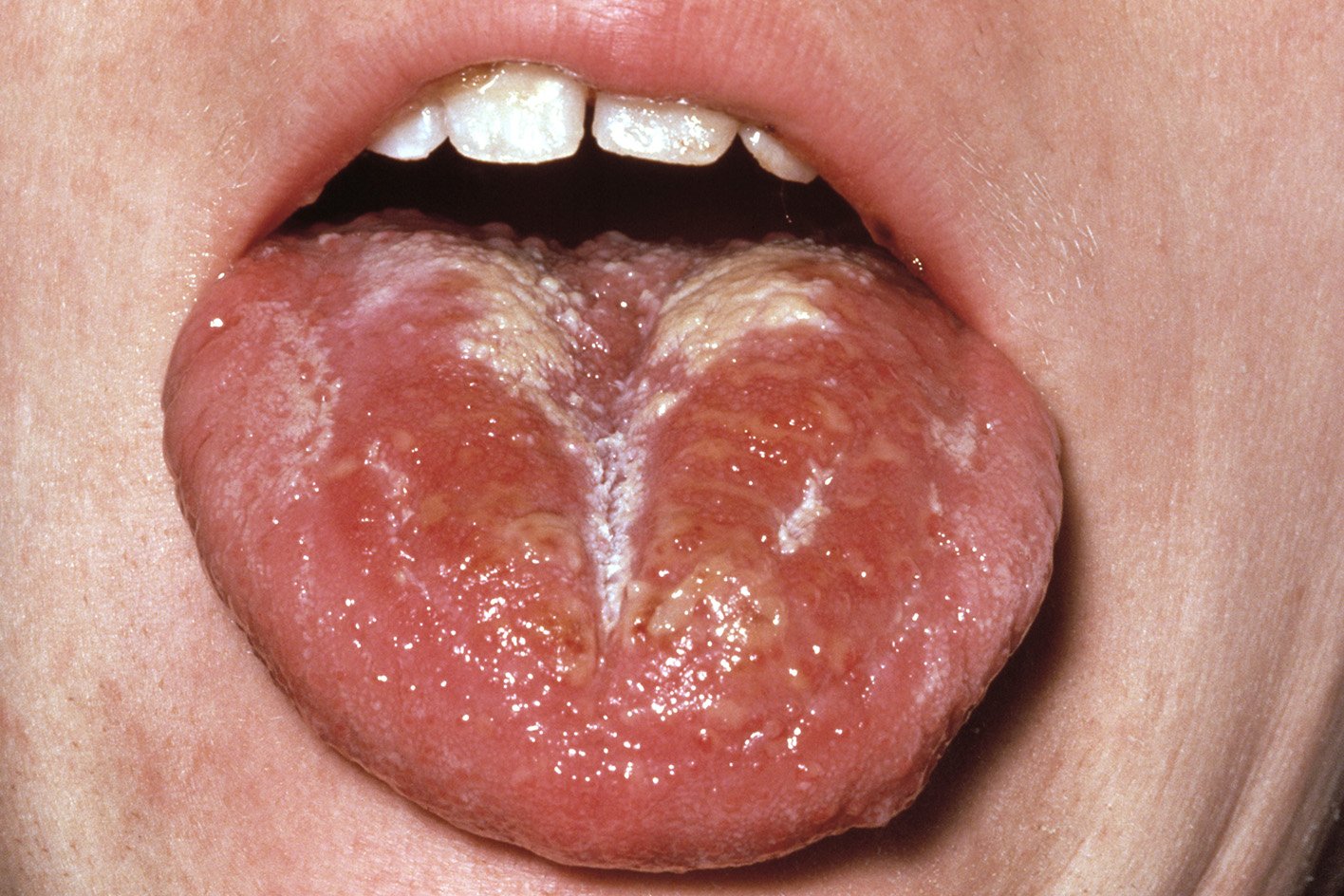This advice has been prepared by the local Paediatric Consultant team in light of the reports about increasing numbers of children and young people with Scarlet Fever (a symptom of Strep A).
It’s important to mention that there are lots of viruses that cause sore throats, colds and coughs at this time of year. Most are mild, should resolve without medical intervention and can be managed at home with self-care. However, children can on occasion develop a bacterial infection on top of a virus and that can make them more unwell.
Below is some advice about the signs and symptoms to look out for, when you should be fine to keep your child at home with a bit of self-care (which could include some advice from the community pharmacy) and when its time ask for advice or help from another NHS service.
How do you know if self-care is appropriate?
It can be hard for parents to know whether a sore throat or fever is caused by a bacterial or viral infection. However, in young children, sore throats are most commonly caused by viral infections – if this is the case, your child is likely to also have a runny nose, cough or earache.
If a number of people are unwell in the same household, this also suggests a viral infection (because viral infections spread more easily than bacterial infections).
Viral infections tend to get better on their own and do not need treatment with antibiotics. Most children with coughs/colds do not require treatment with antibiotics. Antibiotics rarely speed up recovery and often cause side effects such as rash and diarrhoea. They will also promote the development of antibiotic resistant bacteria in your child.
It can be worrying for parents to see their child poorly, and if you feel that your child seems seriously unwell, you should trust your own judgement.
If you think your child has a common viral infection (e.g. coughs, colds, flu)
For viral infections there are a few things you can do to look after your child at home without needing to seek medical advice.
A community pharmacy is a great first port of call for advice (no appointment required) and they can signpost on to other NHS services if needed.
Here are some self-care pointers:
- You may want to give them paracetamol (e.g. calpol) and/or ibuprofen. This not only helps with fever but also reduces pain.
- Give your child plenty of drinks e.g. water or squash. If you are breast feeding then continue to do so. Give babies smaller but more frequent feeds to keep them hydrated.
- Do not worry about food if your child does not feel like eating, but encourage them to drink more fluids.
- Children with a fever should not be over or underdressed. If your child is shivering or sweating a lot, change the amount of clothes they are wearing.
- Physical methods of cooling your child such as fanning them, cold bathing and tepid sponging can cause discomfort and are not advised.
- Check on your child regularly, including during the night, especially if your child is under 6 months old as they are at higher risk of serious infection.
- Keep your child away from nursery or school whilst they have a fever.
How do you know if its Strep A?
Strep A (sometimes referred to as GAS or Group A Strep), is a common type of bacteria. Most strep A infections are mild and easily treated, but some are more serious.
Scarlet Fever
Sometimes, Strep A can cause Scarlet Fever. It’s a common childhood illness, usually mild, that can be easily treated with antibiotics.
Look out for symptoms in your child, which include a sore throat or tonsillitis, headache, and fever, along with a fine, pinkish or red body rash with a sandpapery feel (not itchy).
The rash often begins with small spots on the body that then spread to the neck, arms and legs over the next 1 to 2 days. On darker skin, the rash can be more difficult to detect visually, but will still have a sandpapery feel.
Your child may also have painful, swollen glands in the neck and a red tongue (strawberry tongue).

On white skin the rash looks pink or red.

It may be harder to see on brown and black skin, but you can still feel it.

A white coating also appears on the tongue. This peels, leaving the tongue red, swollen and covered in little bumps.
If you think your child has Scarlet Fever
Scarlet Fever is not an emergency. Contact your GP surgery within 24 hours if your child has the symptoms of Strep A or Scarlet Fever listed above. Scarlet Fever is highly contagious, so the GP may suggest a phone consultation.
If it is Scarlet Fever, keep your child at home until at least 24 hours after the start of antibiotic treatment to avoid spreading the infection to others.
Alongside treatment with antibiotics, you can also follow the self-care advice above to help your child feel more comfortable.
When to get further advice or help
Very rarely, Strep A bacteria can get into the bloodstream and cause more serious illness. We know that this is concerning for parents, but we want to stress that while we are seeing an increase in cases in children, this remains very uncommon.
Contact NHS 111 or your GP if:
- you suspect your child has scarlet fever/strep A so they can be assessed for treatment
- your child has a fever for more than 5 days and doesn’t seem to be getting any better
- your child is drinking much less than normal · your child has had a dry nappy for 12 hours or more or shows other signs of dehydration
- your baby is under 3 months and has a temperature of 38°C, or is between 3 and 6 months and has a temperature of 39°C or higher
- your child is drowsy (much more sleepy than normal) or irritable (unable to settle them with cuddles, toys, TV or snacks – especially if they remain drowsy or irritable despite any fever coming down)
- your child has scarlet fever but do not get better at the end of their course of antibiotics (after seeing a GP)
Call 999 if:
- your child is having difficulty breathing – you may notice grunting noises or their tummy sucking under their ribs
- there are pauses when your child breathes
- your child’s skin, tongue or lips are blue
- your child is floppy and will not wake up or stay awake.
Good hand and respiratory hygiene are important for stopping the spread of many bugs. By teaching your child how to wash their hands properly with soap for 20 seconds, using a tissue to catch coughs and sneezes, and keeping away from others when feeling unwell, they will be able to reduce the risk of picking up or spreading infections.

